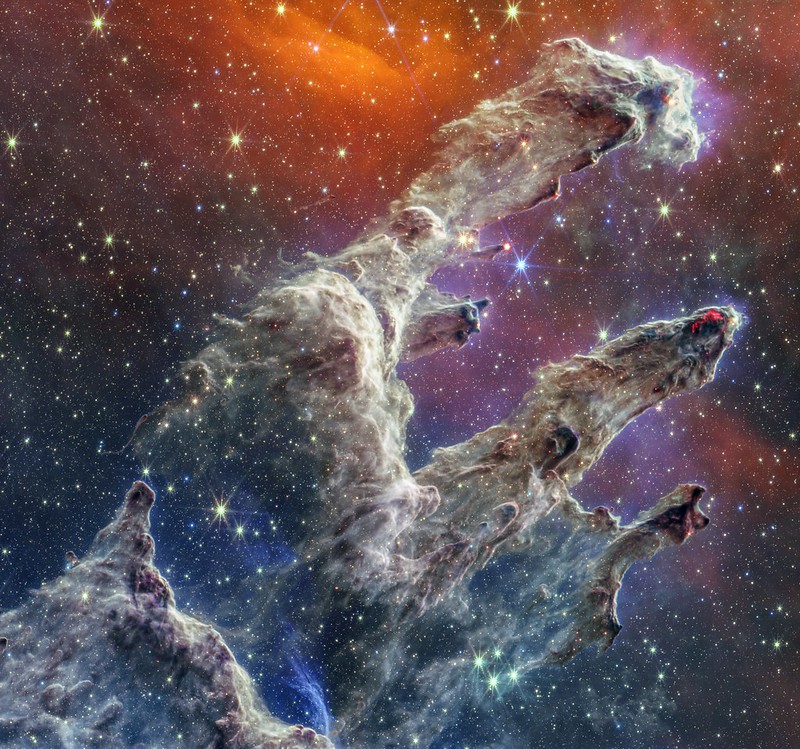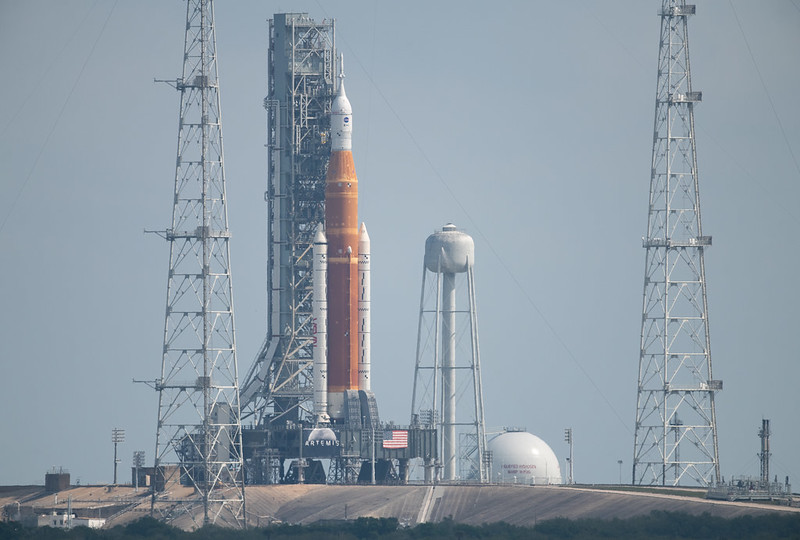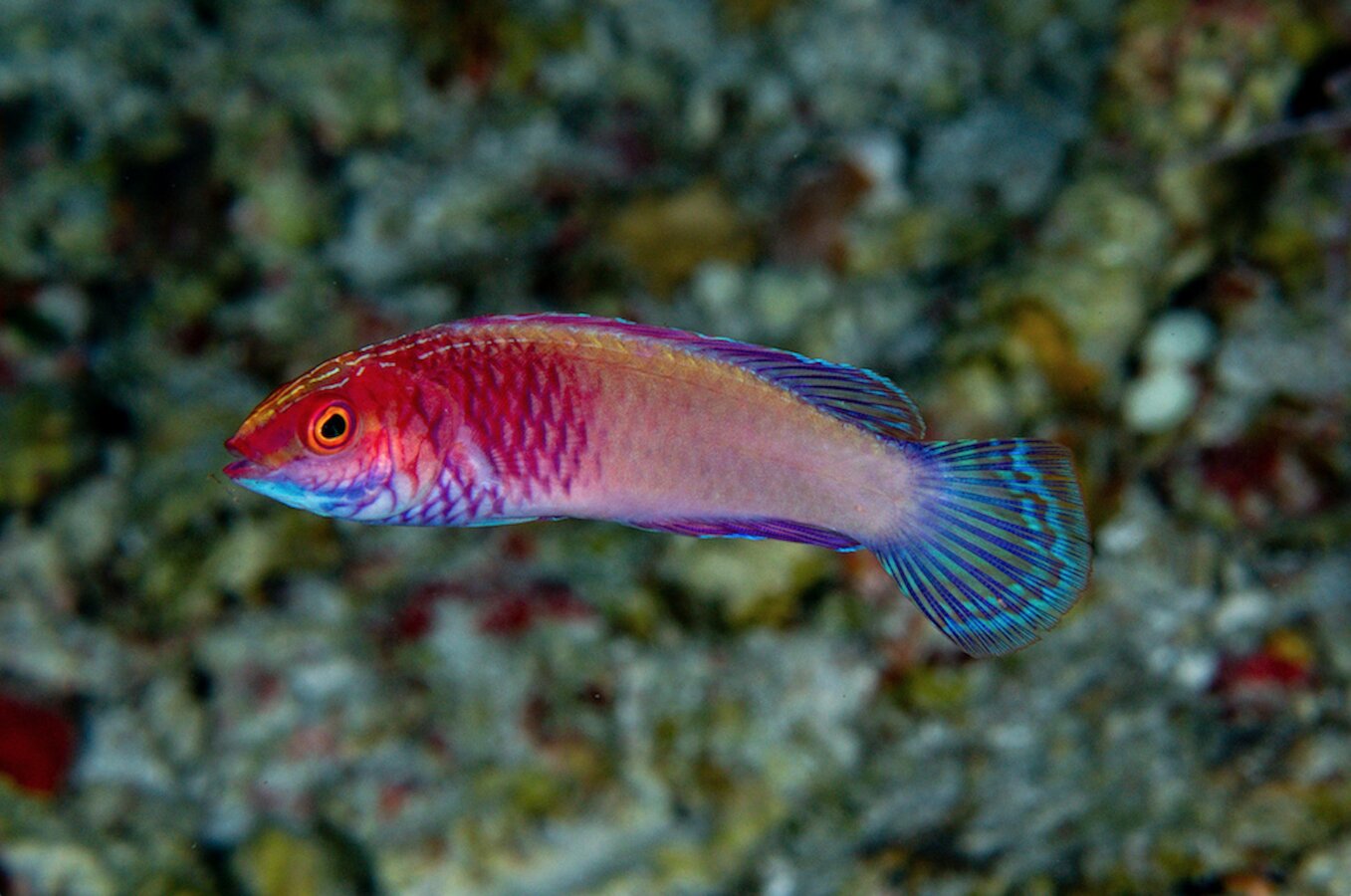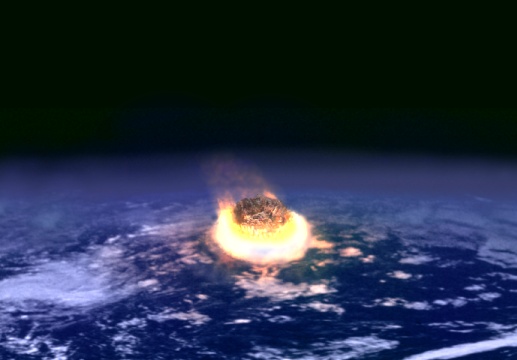Top 5 Science News Stories from 2022
Tons of science and technology breakthroughs make the news every year, each one more exciting than the next. To mark yet another amazing year in science, the Science Centre team has rounded up five of the most exciting science news stories from 2022 to help you revisit the astounding progress we saw last year.
New Frontiers in Astronomy
Talk of space was all the rage in 2022, and with reason! Over the last year, a number of ambitious projects in the field of astronomy met with great success. The biggest was probably the deployment and start of operations of the James Webb Space Telescope which was launched on December 25, 2021. It reached its final orbit on January 24, 2022, and the very first images taken by this technological marvel were released to the public on July 12, 2022. The response was unanimous: breathtaking!

To the Moon and Back Again
Images from the James Webb Space Telescope put astronomy in the spotlight lips in 2022, but so did this: the fantastic return of NASA lunar missions! The Artemis program’s first mission (Artemis I) achieved a huge milestone for deep space exploration this year. On November 16, the Space Launch System (SLS) rocket was launched from the Kennedy Space Centre taking with it the Orion spacecraft which will soon carry space crews as part of the program’s upcoming missions. Nine days later, on November 25, Orion reached its orbit around the Moon to perform a lunar flyby. Ten days later, on December 5, Orion began its return trip to Earth and finally splashed down in the Pacific Ocean on December 11.

146
That’s the number of new species discovered in 2022 and added to the tree of life by the California Academy of Sciences. Among the terrestrial species discovered were 44 lizards, 30 ants, 14 flowering plants, 4 beetles, 3 moths, 3 earthworms, 2 scorpions, 2 spiders, 2 lichens, 1 toad, and 1 aphid species. Among the aquatic species were 14 sea slugs, 1 clam, and 1 sea biscuit species. It seems the tree of life is growing!

Fusion Ignition
On December 5, researchers at the National Ignition Facility in California made history by conducting the very first controlled fusion experiment to achieve fusion ignition. Scientists used a laser system to converge energy on a target about the size of a peppercorn. The lasers used roughly two megajoules of energy to turn hydrogen isotopes into more than three megajoules of plasma, meaning over one megajoule of energy was generated. This is a feat known as “scientific break even,” where more energy was produced than was used to create it. Game changer!
Nuclear fusion does not produce as much radioactive waste as nuclear fission, and the waste produced is not as long-lasting. Though science is still far from producing energy like this on a mass scale, this breakthrough signals that the prospect of generating everyday energy through nuclear fusion is becoming more and more real.

The Last Day of the Dinosaurs
The Age of the Dinosaurs came to an end 66 million years ago. It all happened on that fateful last day of the Cretaceous period where an asteroid collided with Earth just off the coast of what we know today as Mexico’s Yucatán Peninsula. The impact led to the disappearance of three quarters of all living species on the planet. We now know quite a bit about the sequence of events surrounding this fateful day, but there’s still a great many things we don’t yet understand about this extinction event.
Still, we learned a little bit more about it in 2022! A study published on August 17, 2022, reported the discovery of an 8.5 km-wide crater near the coast of Guinea in West Africa believed to have also been the result of an asteroid impact. Seismic analyses suggest that it collided with Earth very shortly after the asteroid in the Yucatán.
One possible explanation suggested by the study was that both asteroids originally were one, bigger asteroid which split in two before entering Earth’s atmosphere. That would explain how they made their impact in two different places. A fascinating idea! However, more tests will be needed to know for sure.

Do you love science news? Follow us on social media:
